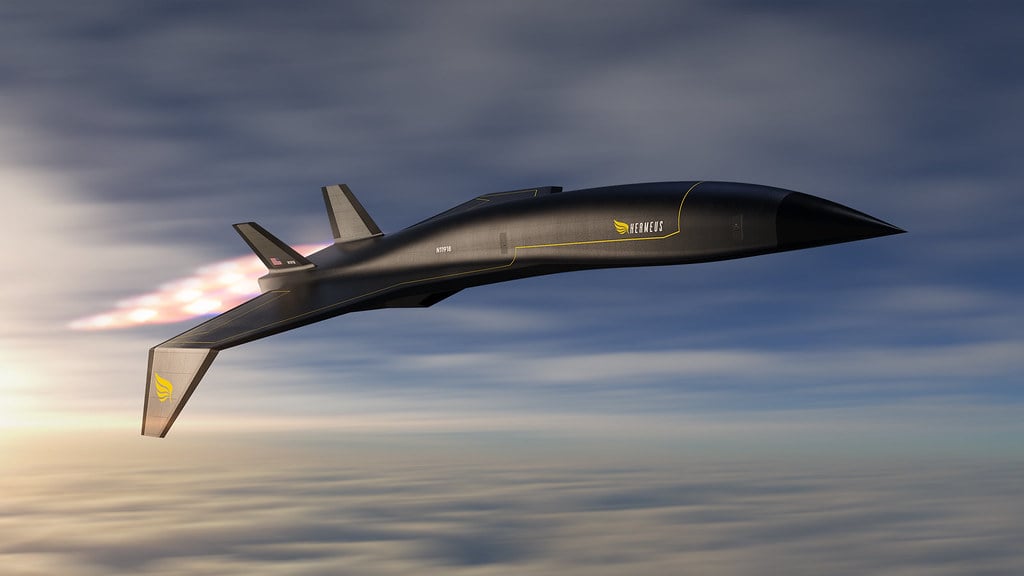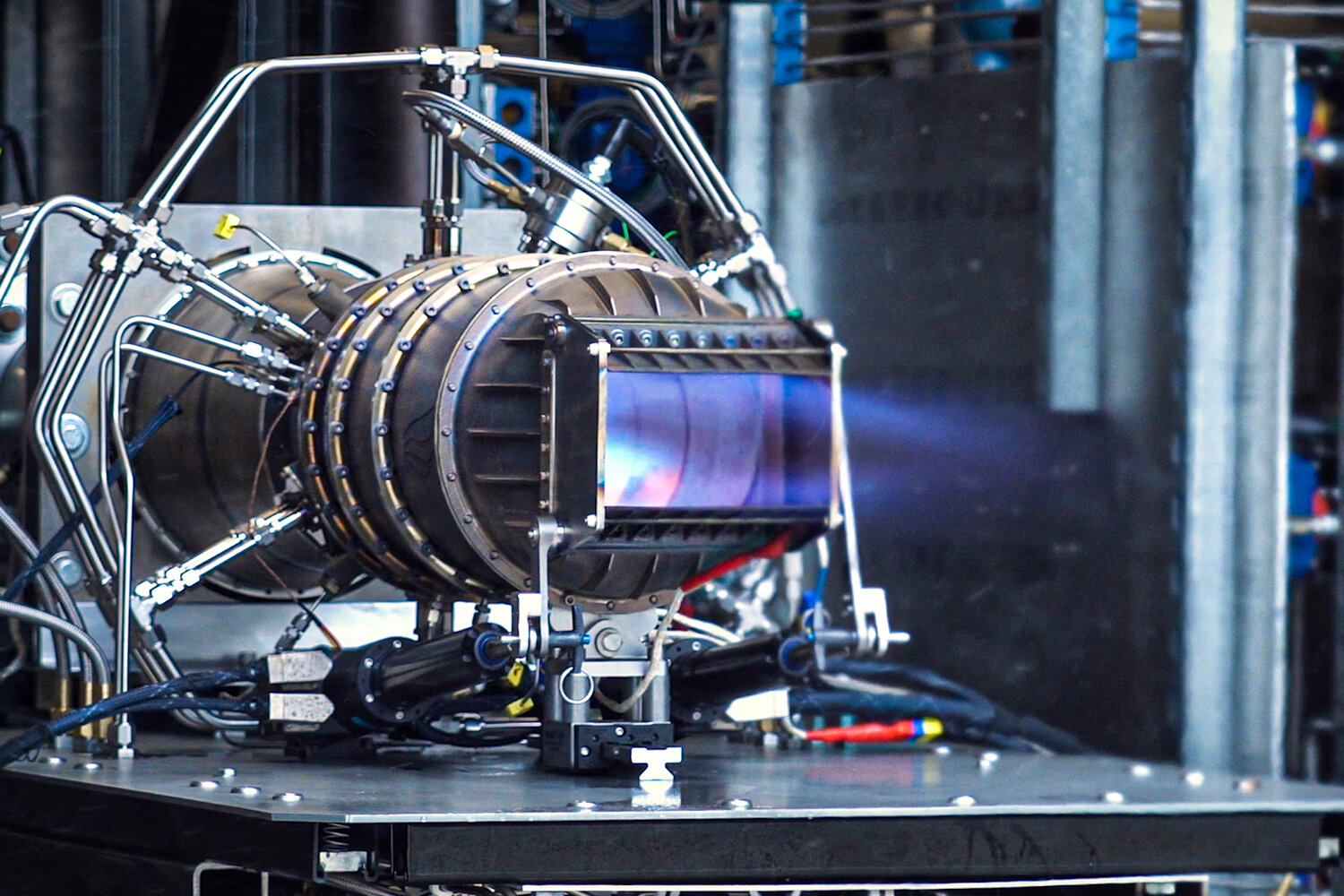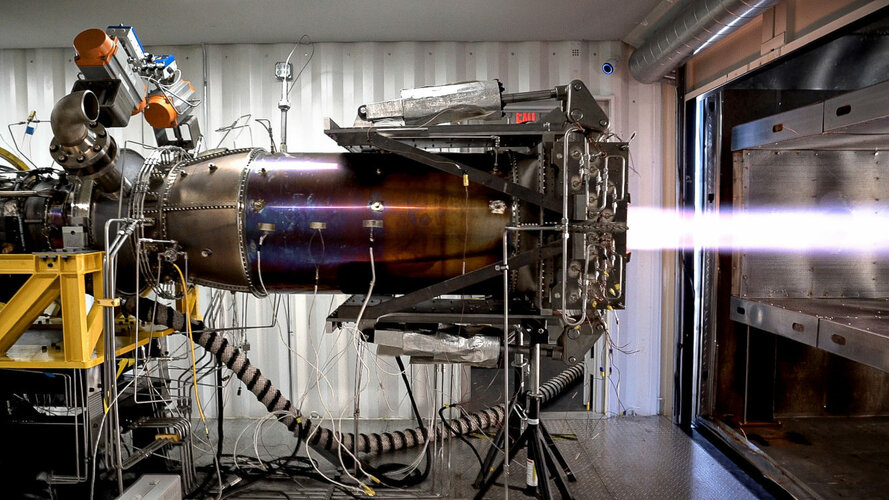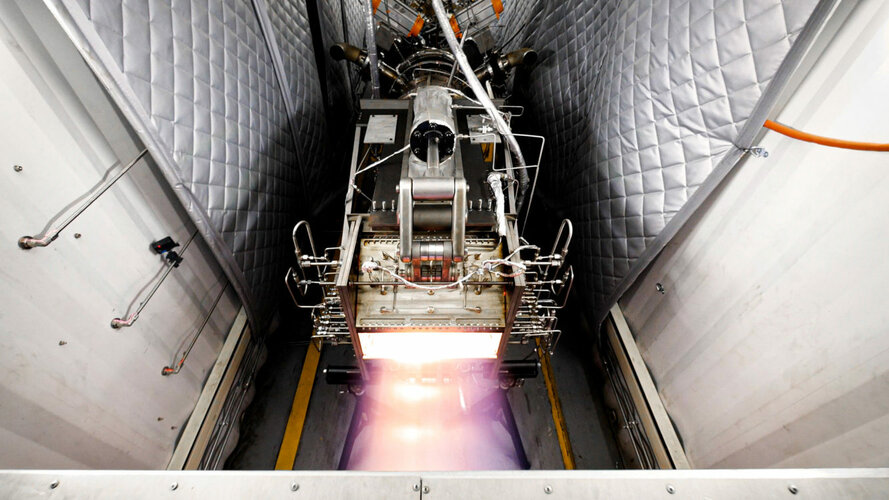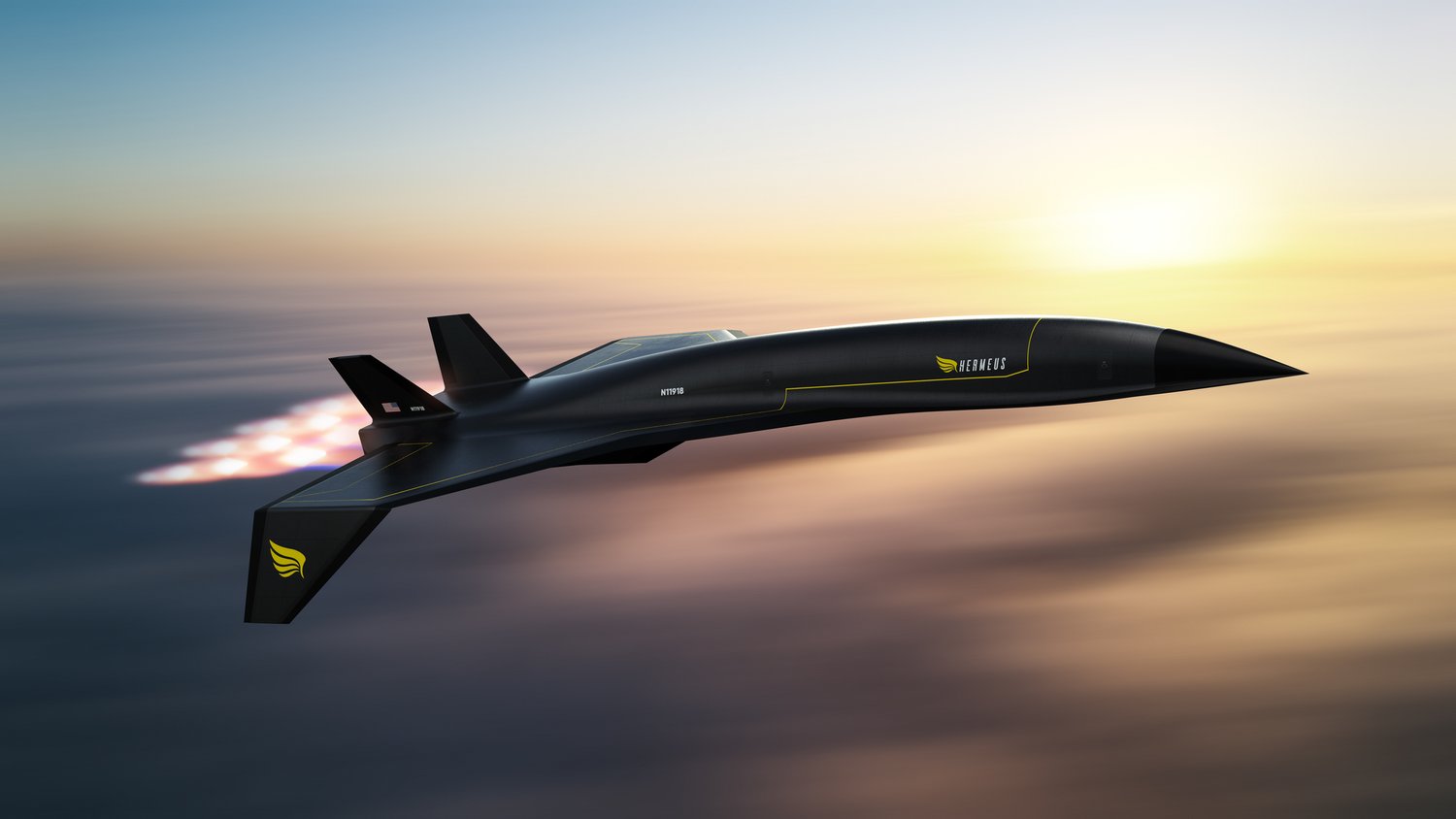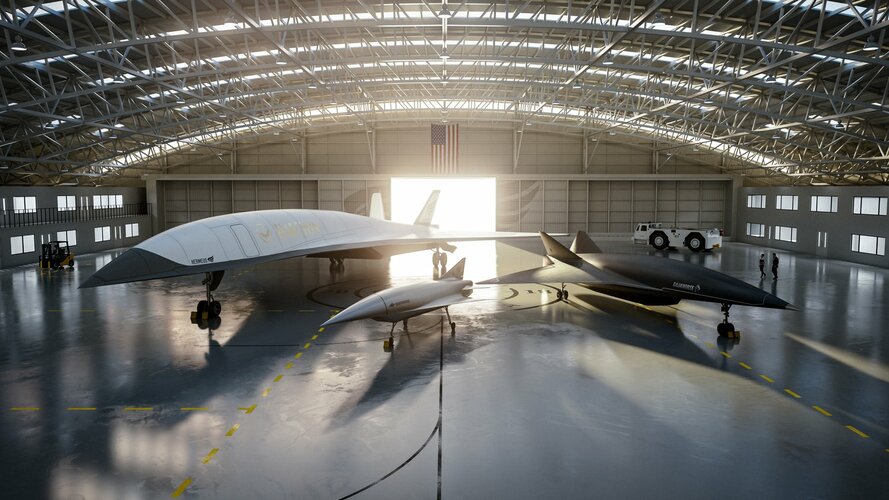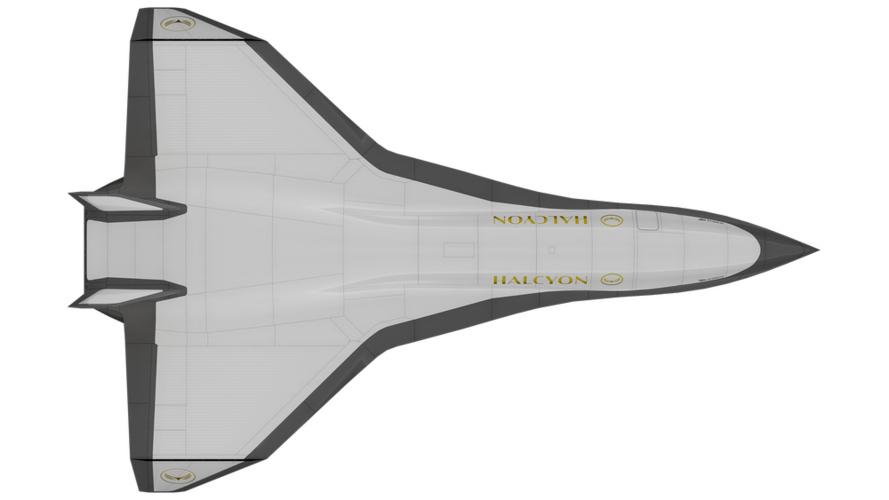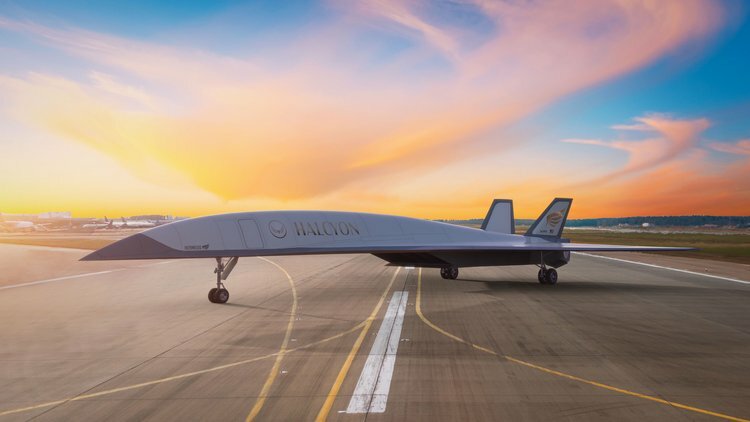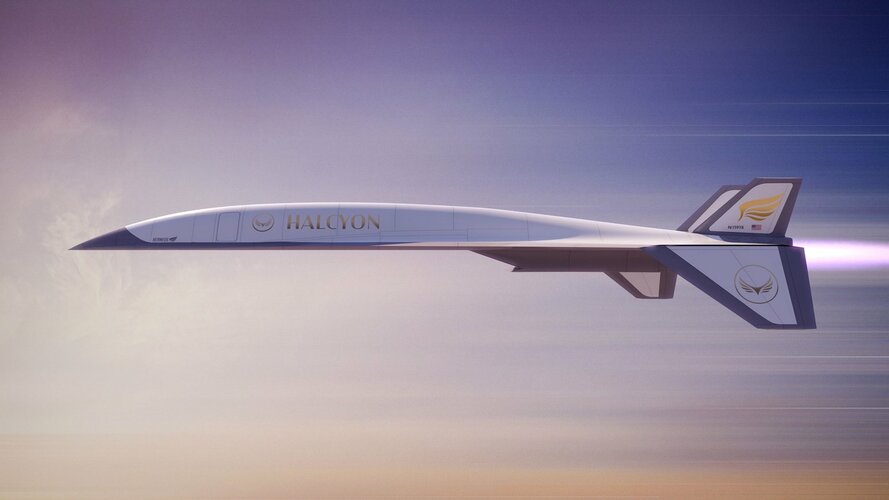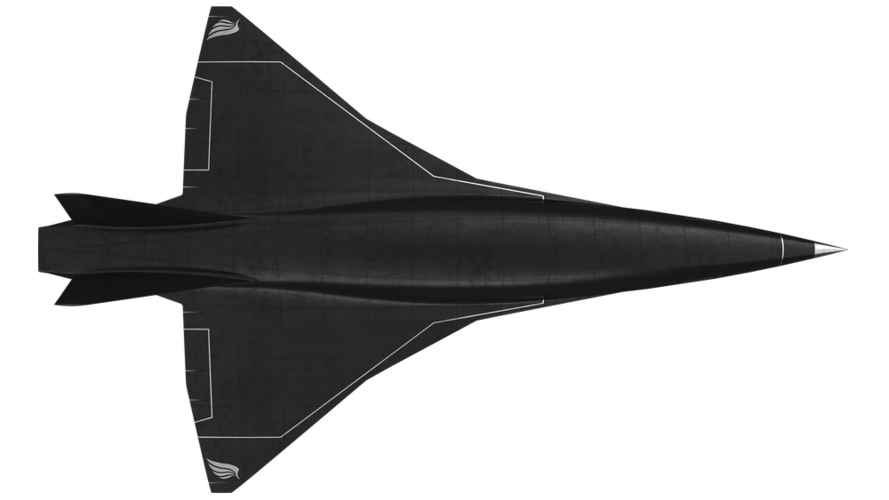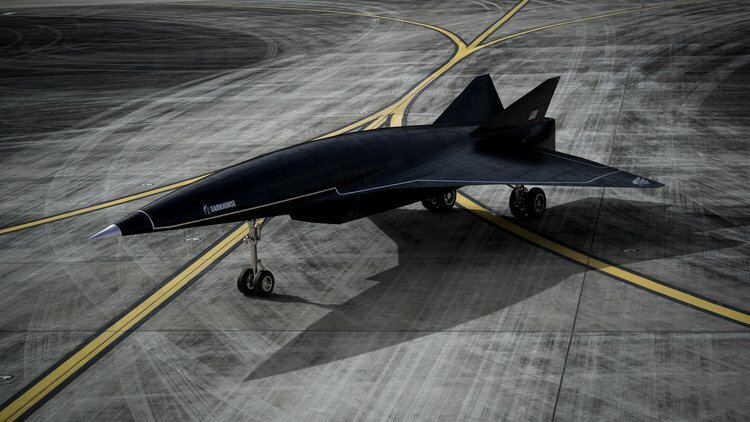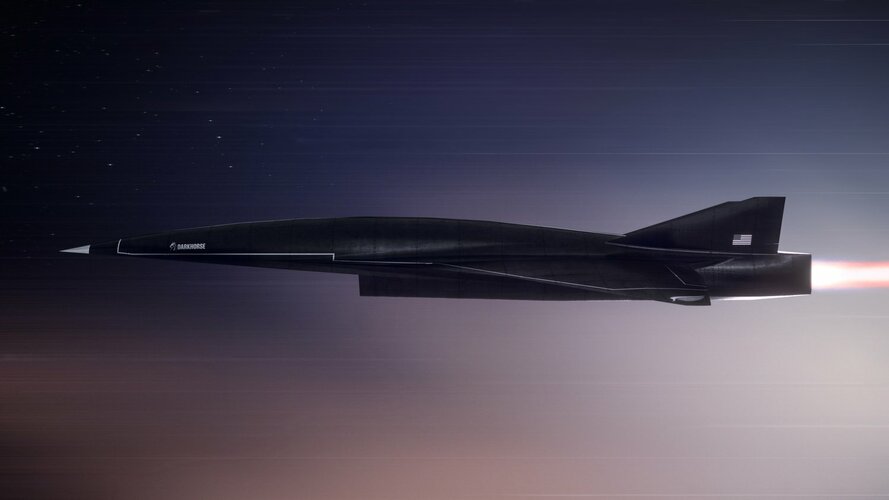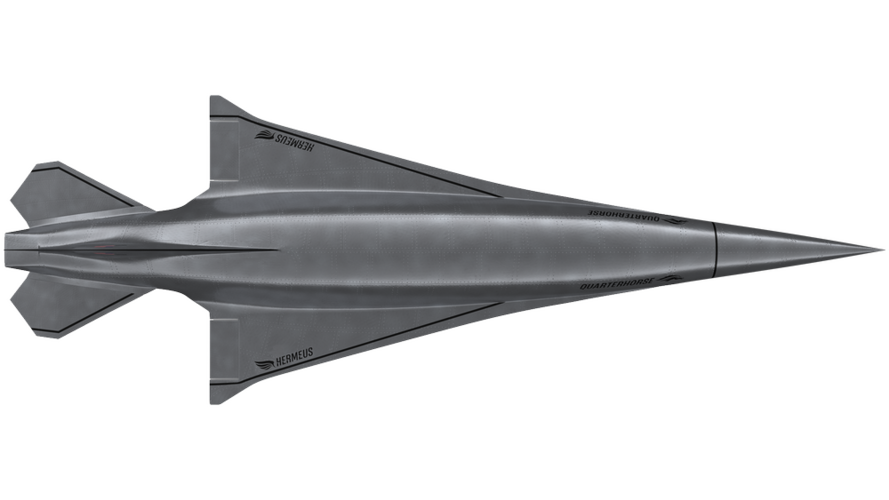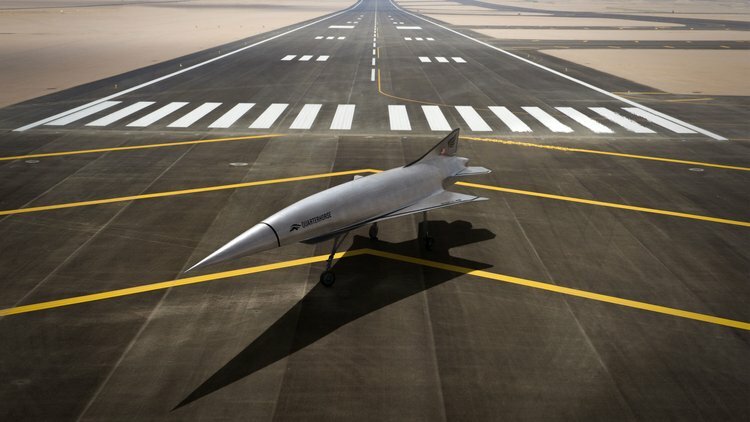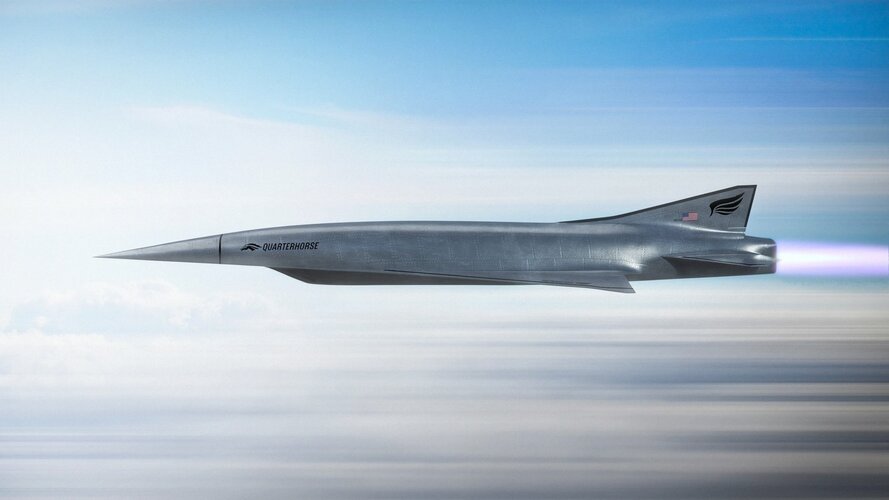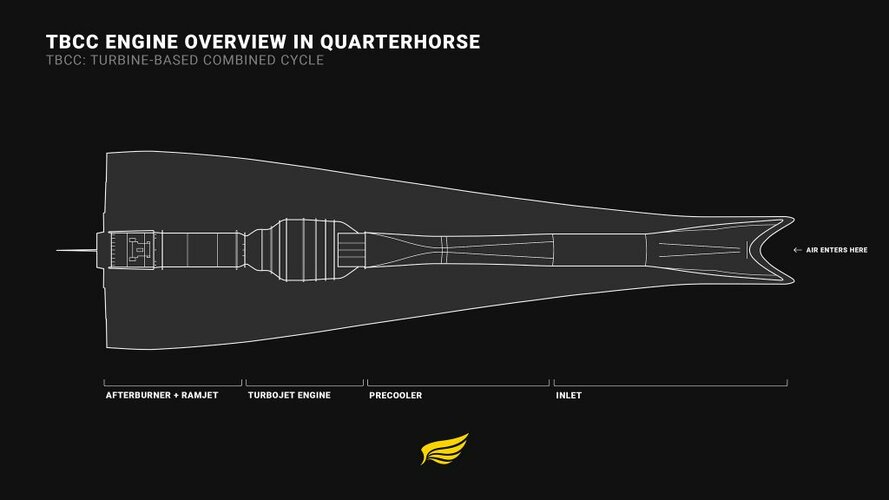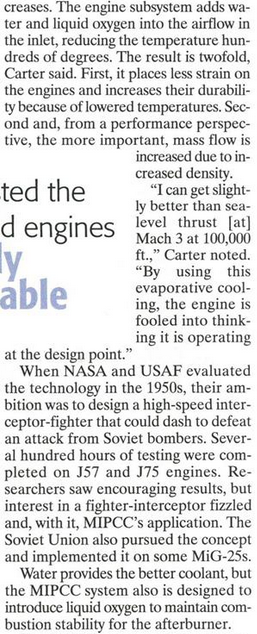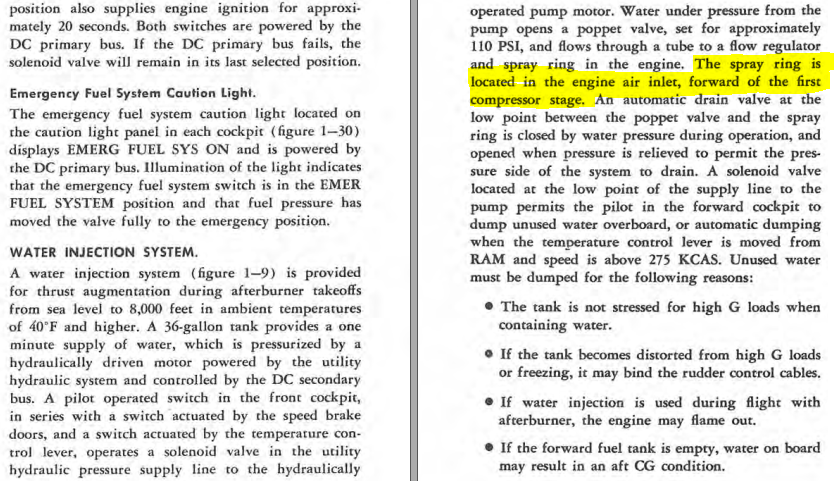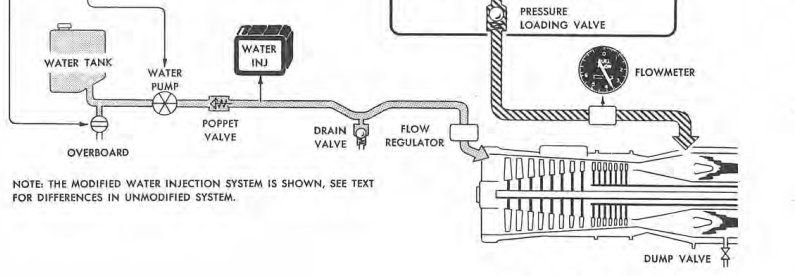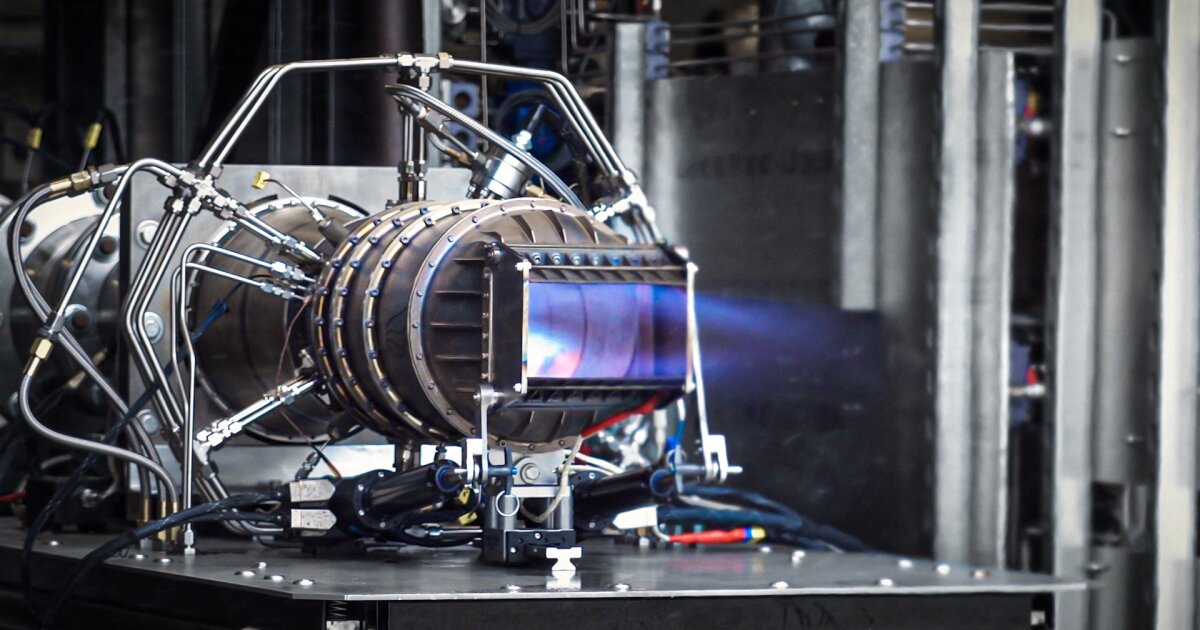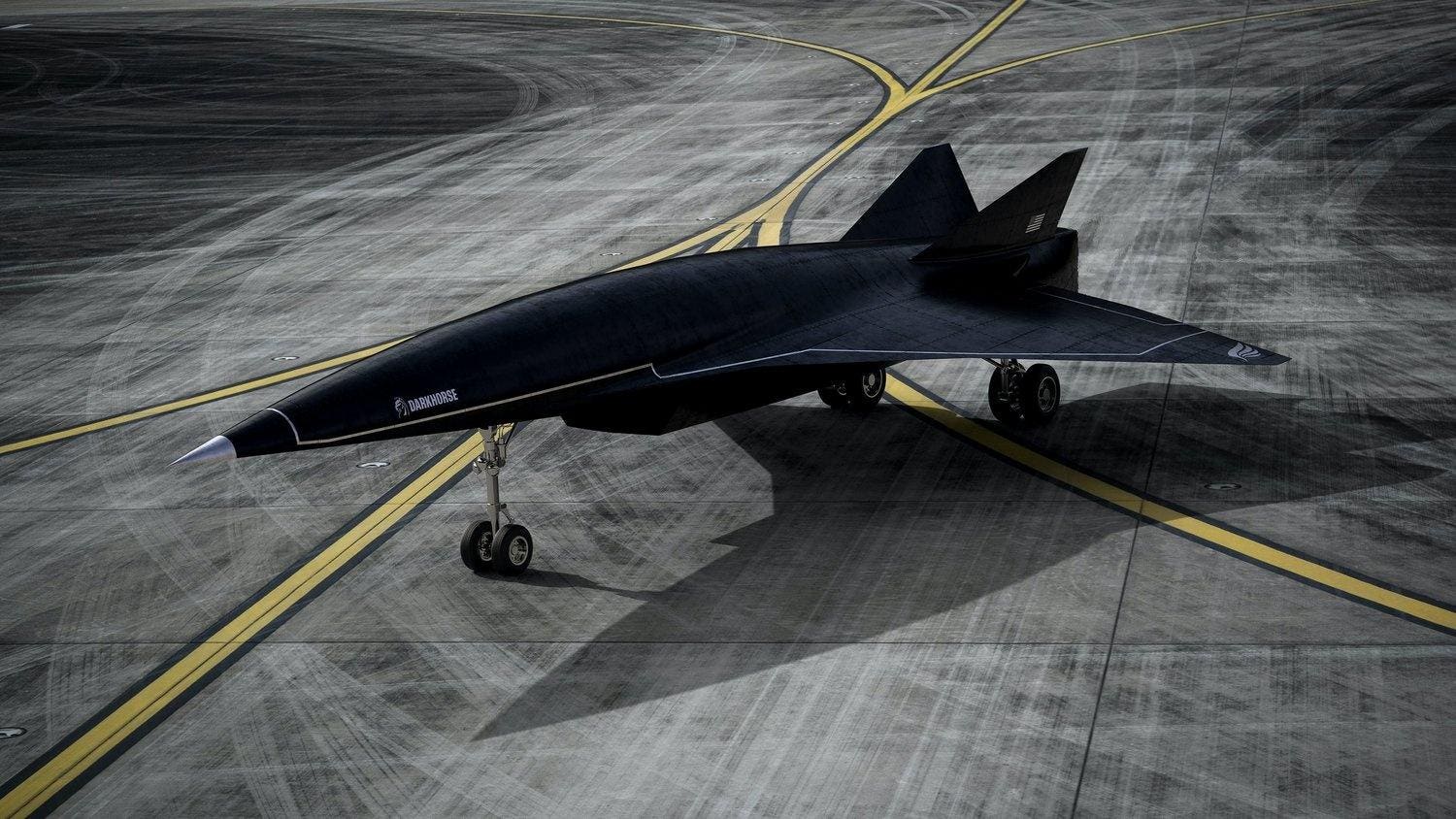X-39
To post or not to post, that is the question
- Joined
- 20 February 2021
- Messages
- 380
- Reaction score
- 875
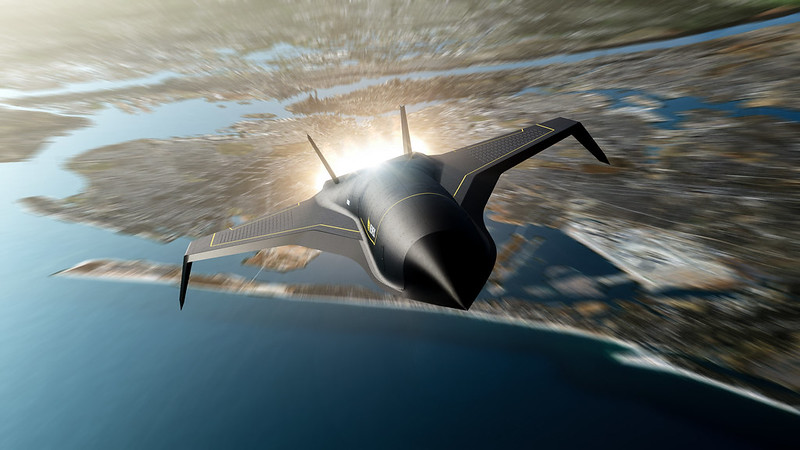
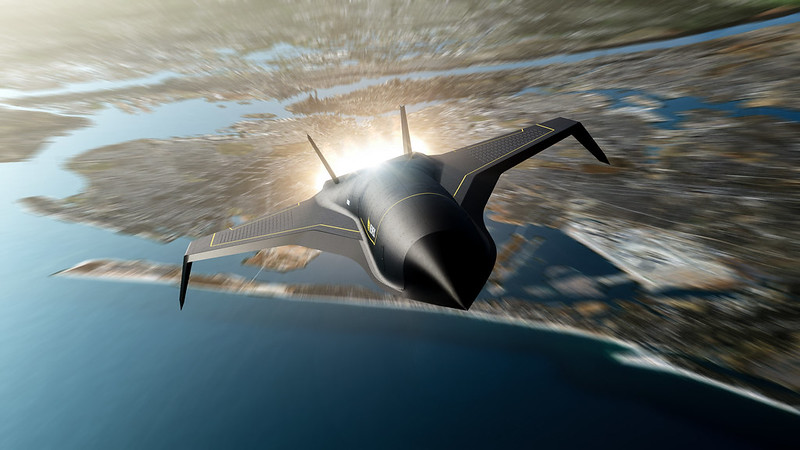
Hermeus COO: Hypersonic aircraft can help the US military overcome the 'tyranny of distance'
Atlanta-based aviation firm Hermeus has been working toward the development of the worlds' first crewed reusable hypersonic passenger aircraft, and as you
 www.sandboxx.us
www.sandboxx.us
So whatever happened to the SR-72? We keep hearing every now and then small updates on the it's status, but apart from the reported subscale demonstrator in 2017,in the meantime, now, a civilian company (apparently, looking at you Aerion) is set to beat Lockheed in fielding the first airbreathing hypersonic vehicle. I know that Project Mayhem is tied to the program, but fail to see it's usefulness in case they lag behind, because, (if) the second Darkhorse (not the crappy prototype) flies at Mach 5 and delivers it's promised expectations, they'd be better off throwing the SR-72 in the trash bin, placing orders for Hermeus aircraft instead and adapting them for whatever ISR missions they have in mind.Hermeus COO: Hypersonic aircraft can help the US military overcome the ‘tyranny of distance’
Alex Hollings | March 17, 2022
Atlanta-based aviation firm Hermeus has been working toward the development of the worlds’ first crewed reusable hypersonic passenger aircraft, and as you might imagine, a cost-effective Mach 5 jet could have far-reaching implications in the defense sector.
While today’s news may be dominated by discussions about hypersonic weapons, faster aircraft could allow the US military to cover greater distances in less time, which could be incredibly valuable for overcoming the dreaded tyranny of distance.
When stealth doesn’t cut it anymore, speed matters
In an interview for our AirPower series on YouTube, Hermeus co-founder and Chief Operations officer Skyer Shuford explained why crewed hypersonic flight may help to make tactical aircraft more survivable in contested airspace, even as advanced anti-stealth radar systems continue to mature[...]
There’s historical precedent for the argument that speed can provide increased survivability. The legendary SR-71 Blackbird famously outran some 4,000 missiles fired at it throughout its tenure with the U.S. Air Force. Modern anti-air systems are more advanced than ever, but targeting a maneuverable aircraft moving at Mach 5 at high altitude would represent a massive challenge for even the most advanced systems in service today.
Shuford also explained why Hermeus sees it as essential to pursue a lower-cost approach to rapid development of combat aircraft. According to Shuford, huge developmental efforts with costs measured in the billions create greater challenges for themselves because of how long they need to stay in service just to justify their expense. By driving down development costs, it becomes possible to design and field platforms specifically for the environment they’re operating in, without having to devote time and money to managing threats that may materialize years or even decades down the road[...]
But the most valuable capability hypersonic aircraft could offer the U.S. military, Shuford contends, is covering a great deal of ground very quickly. The United States operates the largest air force anywhere on the planet, but even Uncle Sam can’t have F-16s and AC-130s flying orbits around every military operation the world over. Long-endurance drones like the MQ-9 Reaper have made it easier to keep eyes and even ordnance above combat zones for extended periods of time, but these low-speed systems can take many hours to reach their targets from even relatively nearby airstrips.
Keeping costs low and speeds high
By leveraging low-cost hypersonic aircraft, the United States could rely on fewer, faster platforms to provide support, deliver supplies, or provide real-time reconnaissance. While not technically attritable (a term the Air Force uses to describe platforms that are cheap enough to be somewhat disposable), Hermeus’ uncrewed hypersonic aircraft could be less expensive than high-dollar fighters like the F-35 while traveling faster and offering no risk to human operators. Eventually, crewed hypersonic platforms could offer even more mission flexibility.

